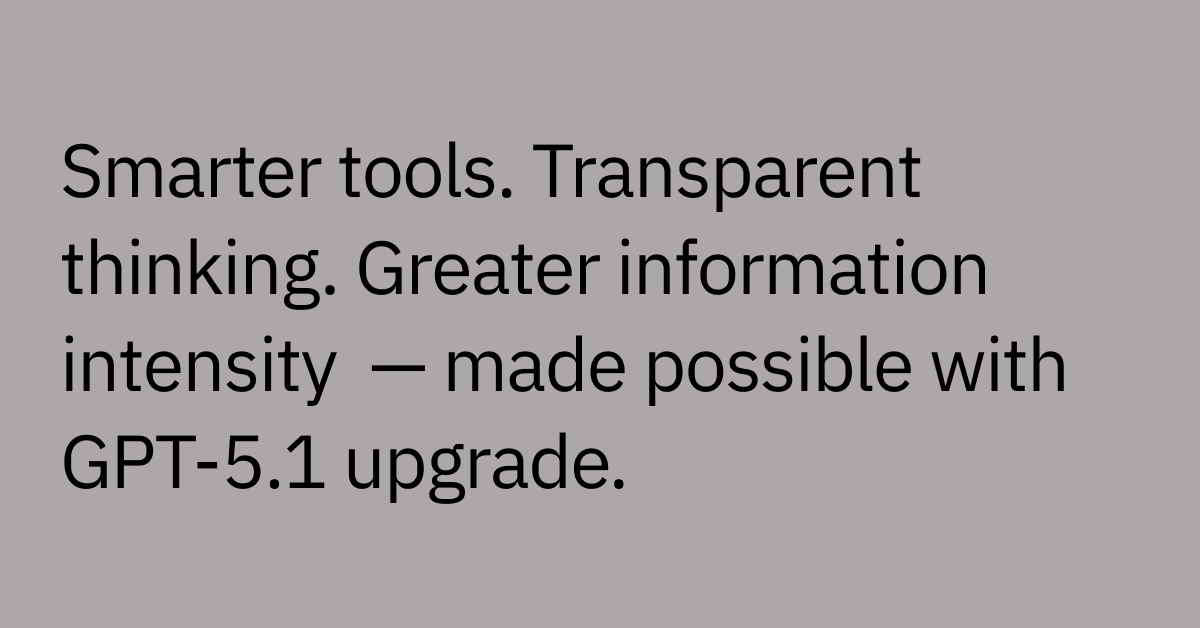Table of contents
Highlights
- AIOps uses AI, machine learning, and analytics to monitor and manage complex IT environments proactively.
- It automates event correlation, incident detection, and remediation—transforming reactive operations into predictive systems.
- Common use cases include intelligent routing, alert deduplication, root cause analysis, and capacity optimization.
- AIOps improves uptime and reduces alert fatigue, letting IT teams and engineers focus on innovation.
- Moveworks enhances AIOps outcomes by automating L1 support, enriching visibility, and transforming operational insights.
IT environments are becoming so complex that traditional ways of managing operations can struggle to keep up. It can feel like your team is stuck constantly putting out fires, with little time to focus on innovation or higher-value projects that could ultimately prevent these problems from popping up in the first place.
But what if you could flip the script?
Imagine a world where using artificial intelligence for IT operations can predict issues before they ever affect users. Where routine tasks happen automatically, monitoring is made easy, and ticketing becomes a breeze, so your team can focus on driving value – instead of fixing urgent problems.
That's the power of AIOps automation. And it's transforming how leading enterprises approach IT operations today.
What is AIOps automation?
AIOps uses Artificial Intelligence (AI), machine learning (ML), and advanced analytics to monitor, analyze, and manage IT operations proactively.
AIOps automation is the automation of workflows and processes, such as incident detection, event correlation, or maintenance workflows.
You may already have certain tools with these capabilities, such as IT operations management platforms, such as Splunk, Dynatrace, or IBM Watson AIOps.
AIOps automation typically integrates across applications to leverage MELT data (metrics, events, logs, and traces), recognizing patterns and enabling intelligent decision-making to autonomously drive actions and automations.
The potential benefits of implementing AIOps automation in your enterprise include:
- Reduced mean time to resolution (MTTR) for incidents
- Decreased alert noise and false positives
- Better use of resources and more operationally effectiveness
- Enhanced predictive capabilities to prevent incidents
- More time for IT staff to focus on strategic projects
What makes AIOps automation stand out from basic scripting or rules-based systems is its flexibility and intelligence. Traditional automation sticks to strict, predefined steps and is challenged when something unexpected happens. AIOps automation, however, is able to improve over time, adapts to new situations, and makes smarter decisions based on the context.
5 real-world AIOps automation use cases
AIOps automation delivers real value in enterprises today. Here are five high-impact use cases that highlight the benefits of AIOps and how they are transforming IT operations.
1. Automated ticket triage, categorization and routing
One of the most immediate ways AIOps automation delivers value is by intelligently handling the incoming flood of IT support tickets.
Traditional ticket routing relies on manual triage or basic keyword matching, which has the potential to lead to delays and misrouted tickets. AIOps automation aims to transform this process by analyzing the content, context, and metadata of each ticket to determine its nature, priority, and appropriate destination.
Let’s say an employee submits a ticket about a malfunctioning application. An AIOps system is designed to automatically analyze the text, identify the specific application mentioned, determine the severity based on user role and business impact, and route it directly to the correct support team — all in seconds.
Equinix, the world's largest interconnection platform, deployed Moveworks' AI solution (branded as "E-Bot") to transform its IT support without increasing headcount.
E-Bot leverages conversational AI — which allows users to interact with IT systems via natural language — to resolve issues directly in Microsoft Teams and automatically triages tickets to the correct assignment groups with 96% accuracy.
After 10 months, the system was routing 82% of tickets within 30 seconds (compared to the previous 5-hour manual process), reducing average ticket lifespan by nearly a third.
This automation freed service desk agents from spending four hours daily on manual routing and maintained Equinix's high IT satisfaction rate of 96% while allowing staff to focus on higher-value work.
2. Real-time incident detection and response
When critical systems fail, every minute counts. AIOps automation can detect anomalies that might indicate an impending failure and initiate response workflows before end users even notice a problem.
Unlike traditional monitoring tools that rely on static thresholds, AIOps uses machine learning to establish normal behavior patterns across your infrastructure. When disruptions occur in your application performance, it can automatically:
- Correlate related alerts to identify the root issue.
- Initiate predetermined remediation playbooks.
- Alert the right teams with contextual information.
- Take corrective actions based on past resolutions.
With active performance monitoring and anomaly detection, AIOps solutions can spot potentially risky activity, isolate affected systems, and alert security teams to take action and fix the issue.
3. Alert deduplication and noise reduction
Alert fatigue is a serious problem in enterprise IT. When teams are bombarded with thousands of incident management alerts, it becomes challenging to distinguish critical issues from background noise.
AIOps automation addresses this by intelligently filtering, grouping, and prioritizing alerts. It identifies patterns and relationships between seemingly disconnected events, consolidating them into meaningful incidents that require attention.
For instance, a single network switch failure might trigger hundreds of alerts across dependent systems. An AIOps platform is able to recognize this cascade effect, consolidate all related alerts into a single incident, and present only the actionable information to your team.
4. Root cause analysis acceleration
Determining why a major incident occurred is often more time-consuming than fixing it. AIOps automation accelerates this process by correlating data across systems to identify the underlying cause of issues.
By analyzing historical data, system dependencies, and event sequences, AIOps tools is able to pinpoint root causes with remarkable accuracy. Performance data is then presented to IT teams along with recommended remediation steps, shortening the troubleshooting and investigation phase.
For example, a company could use a system that automatically maps out the relationships between infrastructure, applications, and services to quickly spot failure points and their impacts. These insights help teams respond faster, reduce downtime, and boost the performance and availability of their IT systems.
5. Automated access and approval workflows
While access management and approval workflows are generally not part of traditional AIOps automation, some advanced AI tools and IT management platforms can integrate IDAM features.
IDAM automation is able to streamline these rather routine workflows by making intelligent decisions based on predefined policies, user roles, and historical patterns. The system can:
- Automatically approve routine access requests that meet policy requirements.
- Route exception cases to the appropriate approvers.
- Track approval statuses and send reminders.
- Provision approved access without manual intervention.
Tools that power AIOps automation
Putting an AIOps automation strategy in place requires a combination of tools working together to monitor, analyze, and take action across your IT environment. Here are examples of some tools you may already be using and key components:
- IT data platforms: Tools like Splunk and Dynatrace collect and centralize IT infrastructure data.
- Log analytics: ELK Stack and Sumo Logic analyze logs to identify system behavior patterns.
- ITSM systems with automation: Jira and BMC Helix automate incident and change management processes.
- AI-powered assistants: Microsoft Copilot and Moveworks AI Assistant can understand and respond to requests in natural language.
- Integration platforms: Mulesoft, Zapier, and pre-built AI agents can connect IT systems for more seamless data sharing and coordinated actions.
Choosing the right use cases to start with
Implementing AIOps automation should be an iterative process, starting with high-value use cases and expanding as you build momentum. This approach allows you to demonstrate quick wins while developing the expertise needed for more complex implementations.
When selecting your initial automation targets, look for:
- High-volume, repetitive tasks that consume significant team time.
- Processes with clear, measurable impact.
- Areas with consistent patterns that AI can learn from.
- Workflows that cross multiple systems or teams.
- Issues that directly impact employee experience.
For example, you might start with event correlation or anomaly detection — high-volume, relatively straightforward processes that can deliver quick time savings and improve the user experience. Once that's successful, you could move to more complex scenarios like incident correlation or predictive capacity management.
Focus on buy-in as well. Getting input from both IT and business teams is key to setting clear goals and outcomes without silos. Their involvement makes sure automation efforts align with overall company objectives and solve the real problems that employees are encountering everyday.
Remember: Prioritizing quick wins doesn't mean avoiding ambitious goals. It means breaking them down into actionable insights and manageable steps that build upon each other. Each successful automation creates momentum and frees up resources.
Go beyond AIOps with enterprise-wide AI automation
Most AIOps automations focus on enhancing IT operations by using AI and machine learning to monitor systems, detect anomalies, and predict potential issues.
But what if you could go beyond operational efficiency and system reliability – and use intelligent automation for more proactive IT management and improved user support?
Moveworks makes it possible to improve user engagement, deflect a significant portion of IT tickets, and create more personalized support experiences.
- Automate support: Revolutionize the support process with an AI Assistant that resolves employee issues, finds answers, files tickets, and tracks updates.
- Enhanced support visibility: Moveworks' Employee Experience Insights (EXI) enhances visibility into support issues by condensing thousands of unique issues into an aerial view, revealing opportunities to improve processes or prevent problems.
- AI-powered insights: EXI showcases AI's power in resharping IT operations analytics, by leveraging natural language processing and machine learning to extract key insights from IT data.
Discover how Moveworks AI-powered platform is able to reduce service disruptions, improve service efficiency and user satisfaction, and integrate with ITSM platforms for a more smarter approach to IT service management and operations.
To see how employee experience insights can help you discover your highest-impact automation opportunities and drive smarter, more proactive IT operations, explore EXI with Moveworks.



